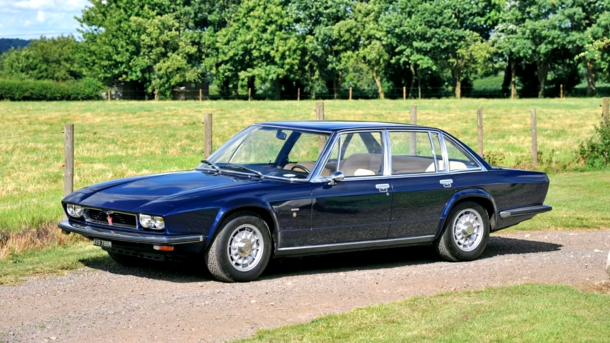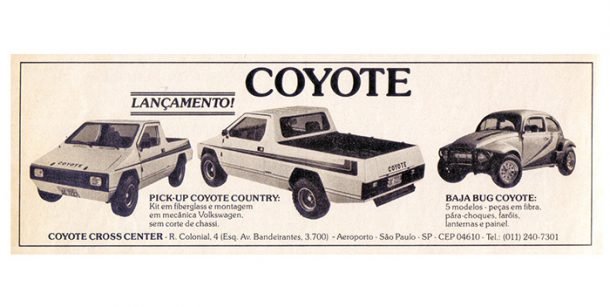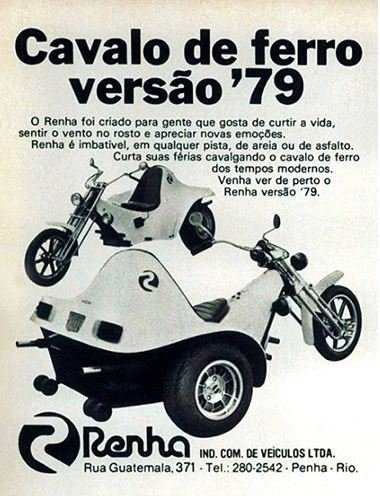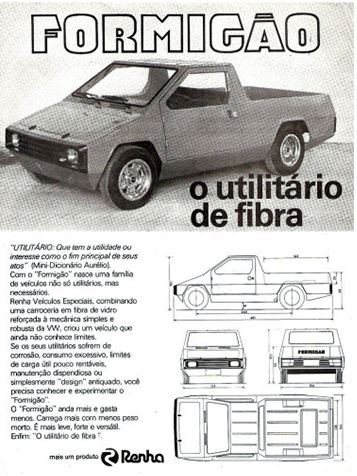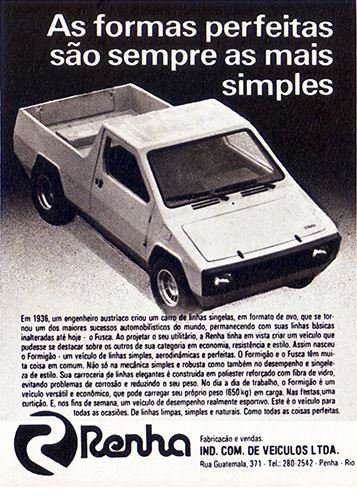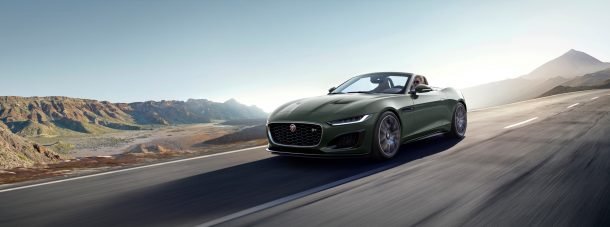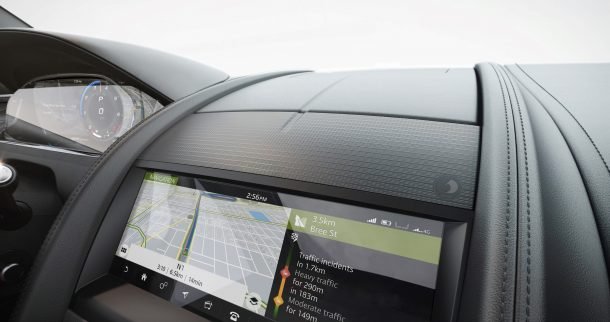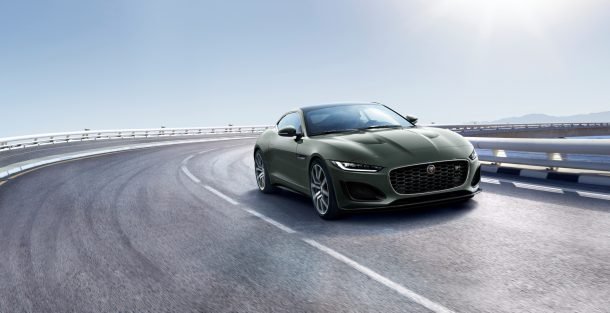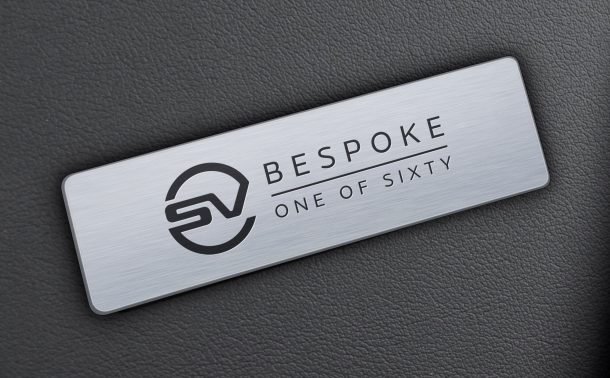 Today’s Rare Ride is the third car in the series from designer Franco Sbarro. Our premier Sbarro creation was a windsurfing-specific take on the Citroën Berlingo, and the second was a very hot hatchback called the Super Eight – a Ferrari underneath.
Today’s Rare Ride is the third car in the series from designer Franco Sbarro. Our premier Sbarro creation was a windsurfing-specific take on the Citroën Berlingo, and the second was a very hot hatchback called the Super Eight – a Ferrari underneath.
While both of those creations were one-off styling exercises, today’s Sbarro actually entered very limited production. Presenting the Windhound of 1978.
 The full-size SUV world of the late Seventies was very different than it is today, even though you’ll recognize all the names present. Trucks like the Toyota Land Cruiser, Mercedes-Benz G-Wagen, the Range Rover, and the International Harvester Scout were just that: Trucks. Their ornamentation was minimal, most of the time they were seen with only two doors, and sometimes a rear seat was optional. There wasn’t wood or leather, but one could find vinyl seating surfaces and minimal soundproofing. There was one exception to this rule, the luxurious Jeep Grand Wagoneer.
The full-size SUV world of the late Seventies was very different than it is today, even though you’ll recognize all the names present. Trucks like the Toyota Land Cruiser, Mercedes-Benz G-Wagen, the Range Rover, and the International Harvester Scout were just that: Trucks. Their ornamentation was minimal, most of the time they were seen with only two doors, and sometimes a rear seat was optional. There wasn’t wood or leather, but one could find vinyl seating surfaces and minimal soundproofing. There was one exception to this rule, the luxurious Jeep Grand Wagoneer.
 But a few visionaries at the time saw the potential for more luxurious off-road SUVs. We’ve covered one of the earliest examples of such a luxury truck previously: The Monteverdi Safari that went on sale in Switzerland in 1977. Based on the IH Scout II, the Safari beat Sbarro to the punch by just one year.
But a few visionaries at the time saw the potential for more luxurious off-road SUVs. We’ve covered one of the earliest examples of such a luxury truck previously: The Monteverdi Safari that went on sale in Switzerland in 1977. Based on the IH Scout II, the Safari beat Sbarro to the punch by just one year.
 The basis of the Windhound was the aforementioned G-Wagen, not a bad place to start. Using the G’s chassis, Sbarro designed an entirely different body up top. With its original design, the Windhound took things a step further than the clip swapping completed on the Safari. Windhound was available with either two or four doors, and sort of looked like an Eighties Toyota 4Runner. Four-door Windhounds were identified by their two rectangular headlamps, while two doors used quad circular lamps. A distinctive feature was the wrap-around roof spoiler above the rear hatch. This was supplemented in one example by exhaust pipes that ran up over the roof rails. All examples featured an interior full of wood and leather trim, and an unusual tailgate design with dual lower porthole windows. The Windhound was Sbarro’s second original design, as he’d spent the earlier part of the decade building replica cars (usually BMWs). His first original design was from 1974 and was a mid-engine Maserati-like sports car called the Stash, with an interior done by Pierre Cardin. We’ll cover that one later.
The basis of the Windhound was the aforementioned G-Wagen, not a bad place to start. Using the G’s chassis, Sbarro designed an entirely different body up top. With its original design, the Windhound took things a step further than the clip swapping completed on the Safari. Windhound was available with either two or four doors, and sort of looked like an Eighties Toyota 4Runner. Four-door Windhounds were identified by their two rectangular headlamps, while two doors used quad circular lamps. A distinctive feature was the wrap-around roof spoiler above the rear hatch. This was supplemented in one example by exhaust pipes that ran up over the roof rails. All examples featured an interior full of wood and leather trim, and an unusual tailgate design with dual lower porthole windows. The Windhound was Sbarro’s second original design, as he’d spent the earlier part of the decade building replica cars (usually BMWs). His first original design was from 1974 and was a mid-engine Maserati-like sports car called the Stash, with an interior done by Pierre Cardin. We’ll cover that one later.
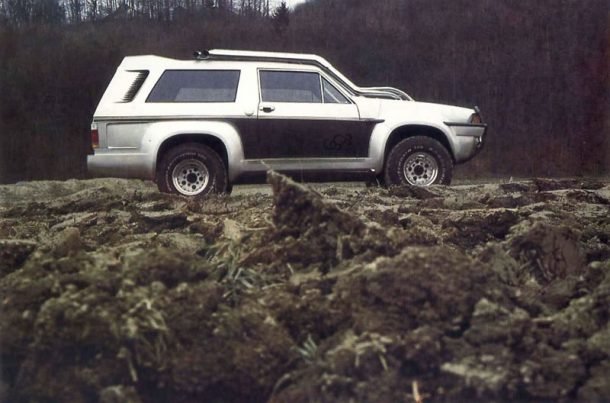 The Windhound was designed to be more powerful than other SUVs on offer, and as such used the 6.8-liter V8 from the 450SEL 6.9 as its primary motivation. The V8 was good for 282 horses and 410 lb-ft of torque, very impressive during the smog-choked Seventies. Typically the transmission paired to it was a three-speed automatic.
The Windhound was designed to be more powerful than other SUVs on offer, and as such used the 6.8-liter V8 from the 450SEL 6.9 as its primary motivation. The V8 was good for 282 horses and 410 lb-ft of torque, very impressive during the smog-choked Seventies. Typically the transmission paired to it was a three-speed automatic.
Typically is used above and applies to the 6.9 engine as well, because the Windhound was a built-to-order truck. Though its chassis remained G-Wagen, the truck on top was powered by different engines per customer preference. Six examples used the Mercedes 6.9 engine, while two used BMW power. A further five used Jeep engines. Finally, one used the 2.8 inline-six from a 280GE. After a run of 14 cars, the Windhound disappeared off the world’s radar and Sbarro moved on to other creations. Mainstream luxury SUVs would catch up about a decade later.
[Images: Sbarro]
Become a TTAC insider. Get the latest news, features, TTAC takes, and everything else that gets to the truth about cars first by subscribing to our newsletter.
Related
For GREAT deals on a new or used Nissan check out Mossy Nissan National City TODAY!
